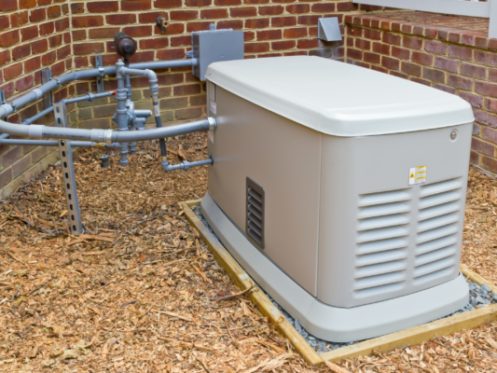During the cold weather season, it’s important to know your generator is ready if you need it. Winterizing your generator can prepare it for the cold weather. But what’s involved in winterizing a generator?
1. Change the Oil
One step in winterizing a generator is to change its oil. It’s important to select oil designed for use in freezing temperatures. Oil provides lubrication for the components of your generator to reduce wear and tear.
2. Install a Battery Warmer
Installing a battery warmer is another step in the process of winterizing a generator. The battery warmer kicks on when temperatures drop below a certain level. This gives you peace of mind about the functionality of your generator’s battery over the cold weather months.
3. Clean the Generator
Winterizing a generator also involves cleaning the accumulated dirt, dust, and sludge on the inside and outside of its carburetor. The carburetor has to be clean in order for the generator to work efficiently.
4. Test the Battery
Testing the charge of a generator’s battery is an important step in preparing it for winter. An older battery may not be able to power a generator in cold weather. So, checking the battery allows time to purchase a new one and install it.
5. Remove Debris
Cut back any vegetation, branches, or other growth around the generator. Also, rake leaves away from the area. All of this debris can interfere with the proper ventilation of the unit.
At Mebane Electrical Services, we have 25 years of experience serving the electrical needs of customers in Mebane and the surrounding area. Our skilled electricians can winterize your generator, so it will be ready to work when you need it. Some of our other services include electric panel upgrades, fuse box replacement, and breaker replacement. Schedule an appointment by contacting one our courteous staff members at Mebane Electrical Services today!







